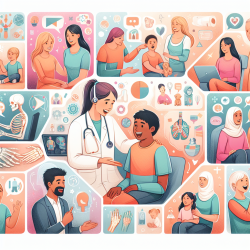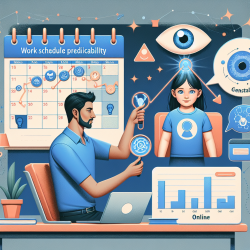As professionals in the field of special education and speech therapy, understanding the nuances of language acquisition and breakdown is pivotal to enhancing our therapeutic practices. The edited volume by Caramazza and Zurif, Language Acquisition and Language Breakdown, presents a comprehensive exploration of the relationship between normal language development in children and the dissolution of language in brain-damaged individuals. This article aims to highlight key insights from the volume that can inform and improve the skills of practitioners in our field.
The book is structured into three major sections, each shedding light on different aspects of language processing. The first section delves into phonological aspects, including speech perception, auditory processing, and speech production. The insights gleaned from these studies underscore the importance of early detection and intervention in language disorders, suggesting that phonological processing abilities in children are critical markers of later language development.
The second, and largest, section of the book focuses on semantic processing. It covers language production, comprehension, memory, and symbolic functioning. The findings presented challenge the once-prevailing notion that development and breakdown of language mirror each other. Instead, it is highlighted that while there may be superficial similarities in the performances of children learning language and aphasics, the underlying processes and errors are qualitatively different. This has significant implications for therapeutic approaches, emphasizing the need for tailored interventions that consider the unique processing strategies of each individual.
The final section offers a neuroanatomical perspective, studying cerebral asymmetries in children and adults. This section provides a critical reminder of the biological underpinnings of language acquisition and breakdown, suggesting that a deeper understanding of brain structures and their functions can aid in the development of more effective therapeutic strategies.
The volume's exploration of the regression hypothesis — the idea that language breakdown in adults mirrors the stages of language acquisition in children — offers particularly intriguing insights. Although the hypothesis holds only superficially, the comparative analysis of language development and breakdown processes provides a rich foundation for developing therapeutic interventions. It encourages practitioners to consider not just the similarities but the crucial differences in language processing between children and adults with brain damage.
One of the key takeaways for practitioners is the importance of a multidisciplinary approach to therapy. The research underscores the complexity of language processes and the need for collaboration across disciplines, including neuropsychology, neurology, and speech and language pathology, to fully address the multifaceted nature of language disorders.
In conclusion, Language Acquisition and Language Breakdown offers valuable insights into the intricate dynamics of language development and dissolution. By integrating these findings into our practice, we can enhance our ability to provide targeted, effective therapy to individuals with language disorders. For those interested in delving deeper into the research and its implications for therapy, I highly recommend exploring the original volume.
To read the original research paper, please follow this link: Language Acquisition and Language Breakdown.










